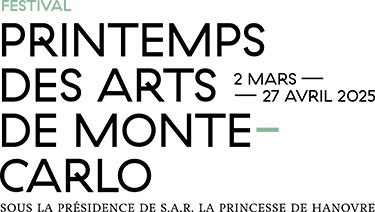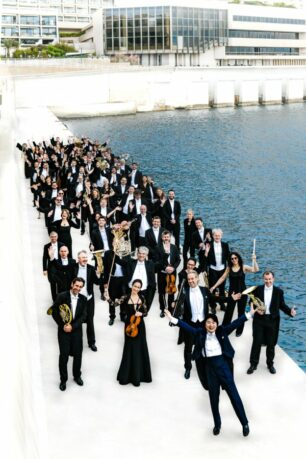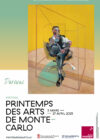Completed in 1886, Aus Italien is Richard Strauss’s first symphonic poem, composed after a journey to Italy, a natural outcome of his intellectual education. Despite its four-movement symphonic structure, the secondary titles clearly link this work to the genre of program music, although with an understated narrative content. For the composer, this work of youth established a close connection “between the old and the new method”, between the classic symphony and the modernity of the symphonic poem. The first movement highlights in Lisztian manner the meditative elements inspired by the Campania region. In the Ruins of Rome proceeds in the same spirit, and foreshadows his future works, alternating between musical narration and contemplation. With its virtuoso orchestral features, On the Beach at Sorrento is a free impressionistic rendering of the underpinning poetic idea. For Strauss, it translates “what the inner ear captures among all the delicate voices of nature”. As for the finale, its theme is a fashionable tune celebrating the inauguration of a cable car on the Vesuvius, which Strauss mistook for an traditional Neapolitan folk tune. The sophisticated musical treatment doesn’t always succeed in transcending the rather plodding contours of this theme. As it is, Strauss often oscillated in his work between the highest inspiration and the most prosaic references.
Richard Strauss’s conversion to ”dramatic music” took place in 1888 with Don Juan whose inspiration he drew not from Mozart and Da Ponte, but from the romantic poem by Nikolaus Lenau (1851) which portrays a desperate hero yearning for the unreachable, who meets his death in a duel because he finds victory “as boring as life itself”. Through short psychological portraits that serve as landmarks, the fruitless search of the ideal woman only results in bitter pain and a damaged psyche. Under the influence of Schopenhauer’s pessimism, this disillusioned Don Juan sinks into bottomless despair. Strauss only retains three brief fragments from the original text to convey the hero’s three most telling states of mind: the enthusiastic ardour, the glutted disenchantment, and the disgust of the seducer facing the void of his life and his impossible quest of the ideal. Four main orchestral themes contribute to elaborating finely chiseled portraits of three characters: the conquering drive of the seducer (ascending tutti), the capricious sensuality of the coquette (solo violin), the tenderness of the loving woman (solo oboe), and the victorious cry of possession of the tragic hero (horns in unison). Steering clear of the description of Don Juan’s conquests to focus instead on the psychological rendering, Strauss puts the poetic idea in the forefront as a driving force of musical creation.
At the end of his life, Strauss returned one last time to vocal music with The Four Last Songs (1948), the ultimate epitome of a genre that he had developed throughout his life. Although thematically unconnected except by the same acceptance of death, these lieder are bathed in the same atmosphere that the composer was able to grace with homogeneous colours. With its refined orchestration, its airy voice hovering over the mundane realities of the world, with its supple, long-drawn vocalisations transcending everything written before for the human voice, this last work sounds like a farewell by Strauss to everything that was his raison d’être: to the world of poetry, to the voice and particularly that of his wife Pauline, to the Germanic tradition of the lied he was heir to, and finally to a culture at the root of his whole work.
The series of lieder is a shortened figuration of the cycle of life, from “spring” to “sunset”. Frühling conjures youth, symbolized by the renewal of nature and its birdsong. Right from the start, the four notes of Tristan’s famous chord link this lied to Strauss’s artistic ideal. September is incredibly richly written, with a melody whose ending is a soothing aspiration to autumnal rest. Beim Schlafengehen is a hymn to the night, reminiscent of Strauss’s unadulterated passion for Wagner’s Tristan. The dialogue between voice, violin and orchestra reaches its climax when the voice, freed from its carnal envelope, is no more than the expression of the soul, twirling freely. with Im Abendrot, death is seen as a simple sunset. Man and nature are fused here. The ultimate reference to Death and Transfiguration (1891) is sublimated by the last words (“Could this be death?”) sung over a resolutely optimistic musical quote. Opening with Tristan’s chord, The Four Last Songsends on the Ideal motif from Death and Transfiguration, Strauss thus demonstrating, sixty years apart, the persistence of his ideas and the profound coherence of his work.






